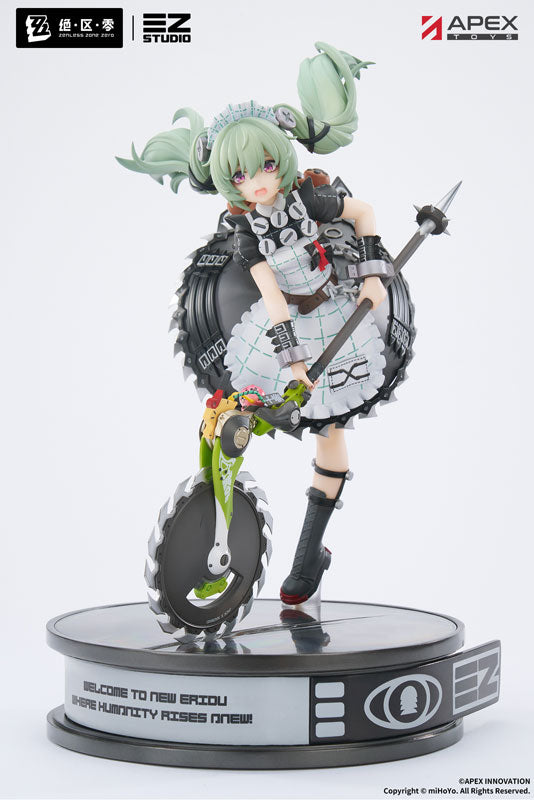Placing a Figurine in an Aquarium: A Complete Guide
How to place a figurine in an aquarium?
Have you ever considered placing a figurine in an aquarium? In this article, we will explore this idea in detail. To understand how it works, we will look at aquarium setup, technical aspects, chemical reactions and the impact on aquatic inhabitants. Before you embark on this adventure, it is essential to understand all the aspects involved. Follow this comprehensive guide to find out if this idea is right for you.
Setting up the Aquarium
For our experiment, we used a 40 liter Superfish aquarium, equipped with a 100l/h pump, LED lights and a thermostat. Here are the essential specifications:
- Type of Aquarium: 40 liter Superfish
- Pump: 200l/h pump
- Lighting: LED lights (12:00 - 22:00)
- Substrate: Fine aquarium sand
We also used filtration materials containing activated carbon, starter bacteria (Aquapulse for initial startup) and Easycarbo. We believe in the "less is more" approach to aquarium chemicals. Before introducing the figurine, the aquarium had already been operating for two years, which made it possible to obtain stable values: a pH of 7.2 and a KH of 7.4, limiting the growth of algae.
It is essential to allow a new aquarium to operate for at least six weeks, ideally two months, before introducing fish to avoid nitrate spikes which could be fatal to the fish. Brown algae is common at first, but usually disappears after six months.
The Figurine
For our experiment, we used a Deepsea Miku figure. Before placing it in the aquarium, we exposed it to a temperature of 40 degrees Celsius to seal the top layer of paint. Then we cleaned it at the same temperature before placing it in the aquarium to minimize the risk to the fish.
Chemical Reactions and Indicators
We observed some interesting changes in the water values, especially when we replaced the filter and added Easycarbo. In both cases, the pH dropped more quickly than usual, indicating a reaction with something in the aquarium. The only possibility was the figurine.
We noted the appearance of blue-green algae on the plants near the figurine. This was a clear indicator that the water values were disturbed, and we decided to move the fish elsewhere. However, we continued the experiment by doubling the amount of Easycarbo to further study the reactions.
After a week, the situation became critical, with the pH falling below 5, endangering all living beings. We ended the experiment at this point and discarded all items, including the figurine, due to the hazardous values of the water.
The Epoxy Wall
We also tested using a wall of epoxy to seal the figure. This approach gave better results, although blue-green algae appeared on some parts of the wall. A larger aquarium can better handle potential issues with using epoxy because it provides more stability.
Final Conclusion
Ultimately, we recommend not placing figurines in an aquarium, as this poses risks to the fish and can disrupt the balance of the aquarium. It is essential to continuously monitor water values and take appropriate action if problems arise. Blue-green algae can serve as an indicator of these problems.
It is best not to experiment with chemicals, such as Easycarbo, and maintain a healthy aquarium for the well-being of your fish. The figurines can be enjoyed outside of the aquarium, where they do not pose a risk to marine life.
We hope this article has clarified aspects of placing a figurine in an aquarium and why we do not recommend it. Aquarium keeping requires specific experience and expertise, and maintaining a healthy environment for fish is essential.
Useful References
If you want to learn more about aquarium keeping, check out trusted resources like Aquariophilie.com for expert advice. To learn more about types of algae, check out this algae chart .
Stay informed and make informed choices for the well-being of your fish and your environment.
Notes
Please note that the experiments described in this article were conducted by the author for illustration purposes. They are not recommended for beginning aquarists or those unfamiliar with aquarium maintenance.








